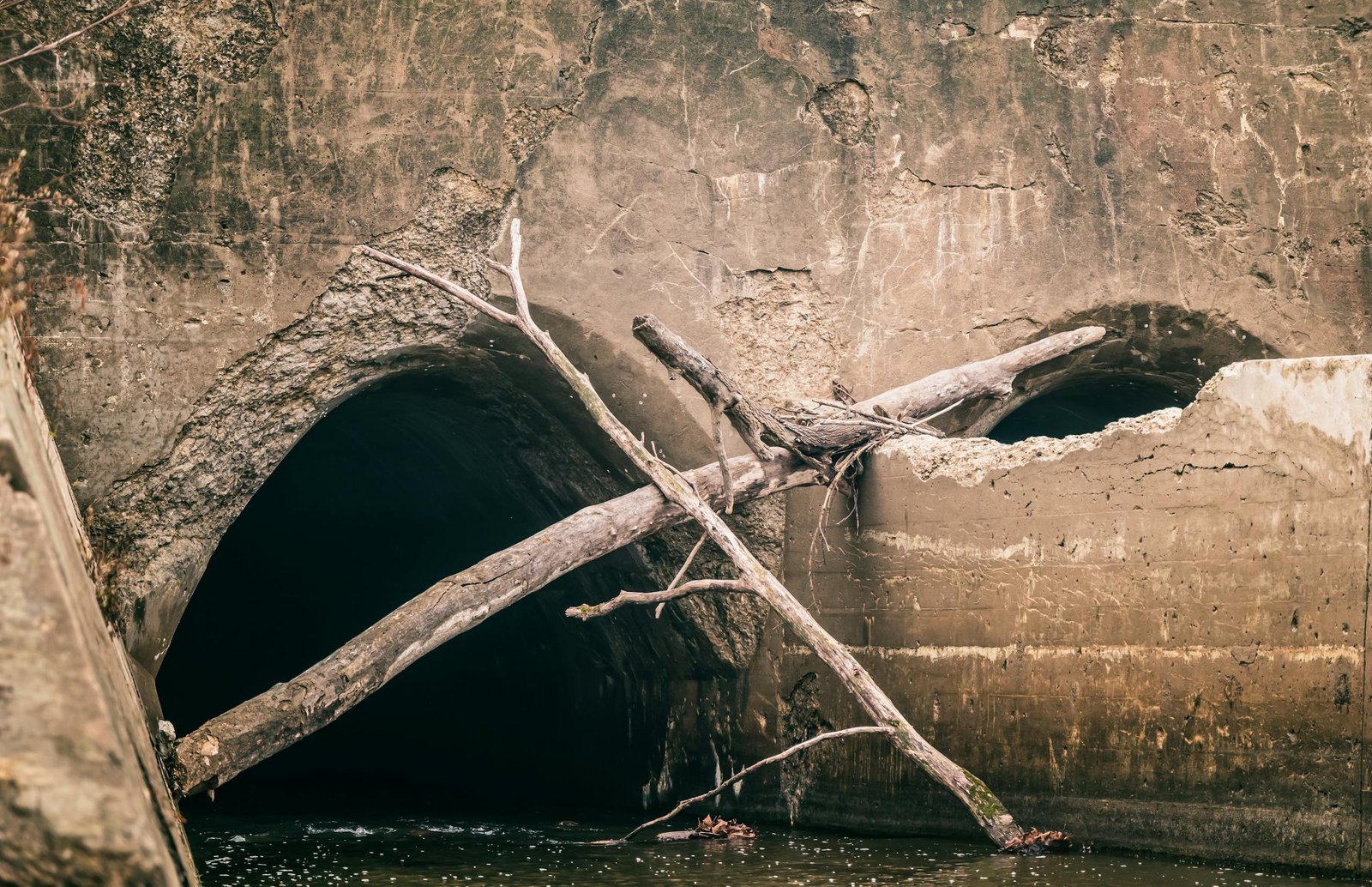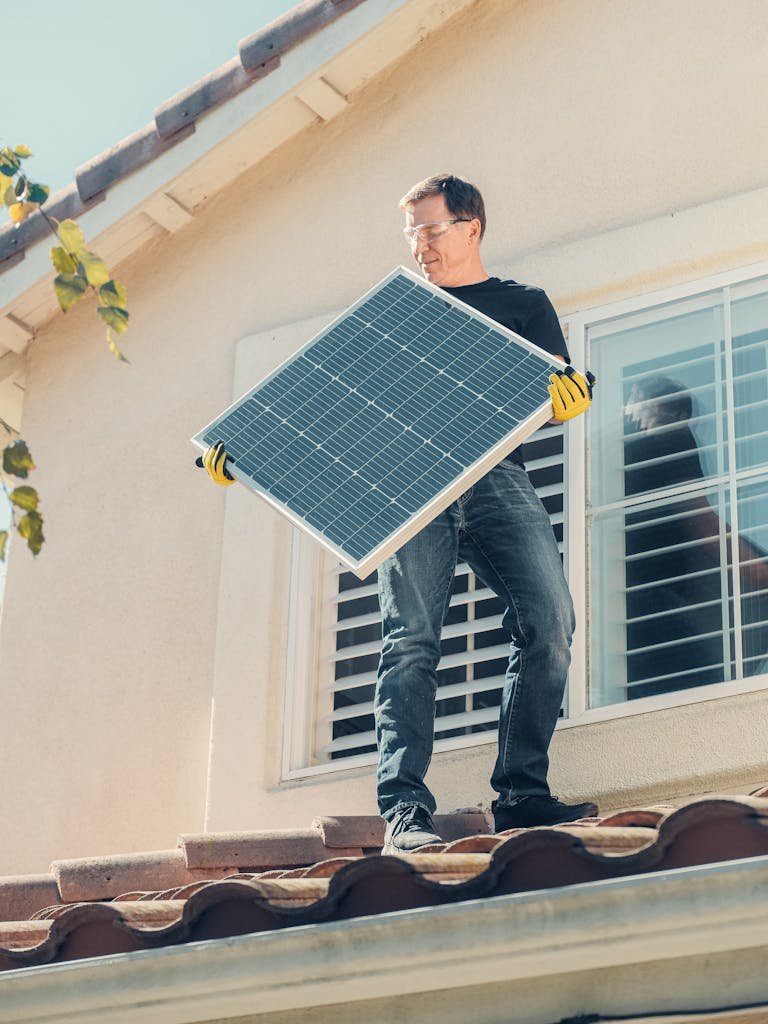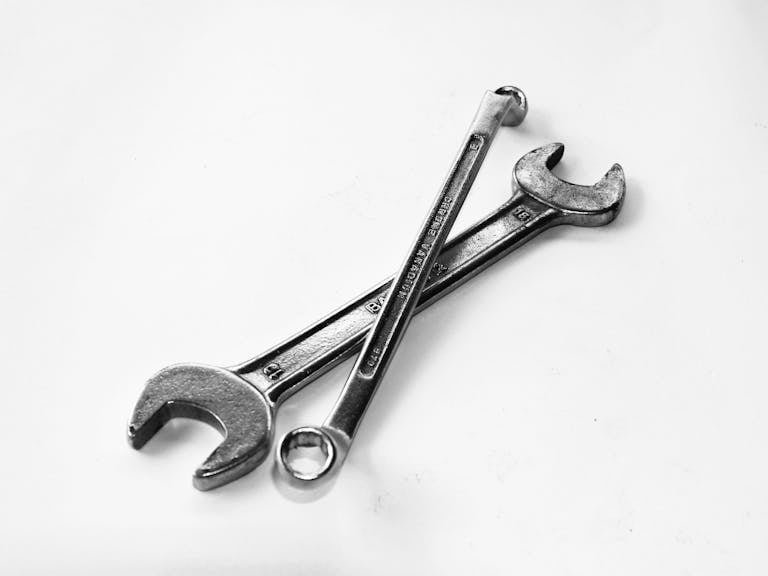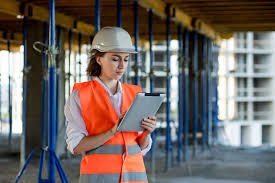Sewer line issues can be a daunting problem for homeowners, often causing significant inconvenience and stress. From clogged drains to unpleasant odors, sewer line problems can quickly escalate if not addressed promptly. Fortunately, modern technology and inspection techniques have made diagnosing and repairing these issues easier with minimal disruption. Understanding what to expect during a sewer line inspection and repair from The Plumbing Company and Rooter Inc. can help homeowners feel more prepared and informed when dealing with these situations. We will explore the key steps involved in sewer line inspection and repair, detailing how the process works and what homeowners should anticipate during each phase.
Steps involved in sewer line inspection and repair
- Initial Sewer Line Inspection
The first step in resolving any sewer line problem is a thorough inspection. This is typically done using a specialized sewer camera, which allows technicians to get a clear view of the condition of the pipes without the need for extensive digging. The camera is inserted into the sewer line through an access point, such as a cleanout, and travels through the pipe to capture live footage of blockages, cracks, or other issues. This technology is incredibly useful because it provides a real-time view of the inside of the pipes, enabling technicians to identify the root cause of the problem.
During this phase, homeowners can expect the technician to explain what they see on the video footage and discuss potential issues that need to be addressed. Common problems include tree root intrusion, pipe corrosion, debris or grease buildup blockages, and cracks caused by ground movement or aging materials. The sewer line inspection is crucial for accurately diagnosing the problem and determining the appropriate action. For homeowners, this step offers valuable insight into the condition of their sewer system, making it easier to understand the necessary repairs.
One key benefit of a sewer camera inspection is that it minimizes the need for unnecessary excavation. Instead of guessing where the problem lies, the camera provides precise information about the location and severity of the issue, allowing for a more targeted repair approach.
- Diagnosing the Problem and Planning the Repair
Once the inspection is complete and the issue has been identified, the next step is diagnosing the problem and planning the repair. Different repair options may be available depending on the nature and severity of the damage. A simple cleaning may be sufficient for minor blockages to restore normal function. However, more serious issues like collapsed or broken pipes may require more extensive repairs.
Homeowners should expect a detailed explanation from the technician about the nature of the problem and the recommended solution. This might involve discussing whether the repair can be done using trenchless technology or if traditional excavation will be necessary. Trenchless repairs, such as pipe lining or pipe bursting, are often preferred because they minimize disruption to the property by avoiding the need for large-scale digging. However, excavation may be unavoidable if the damage is extensive or the pipes are in poor condition.
During this phase, homeowners should also receive an estimate for the repair cost and an expected completion timeline. Understanding the scope of the repair work and the potential impact on daily routines is important for managing expectations and ensuring the project goes smoothly.
- The Repair Process: What to Expect
Once the repair plan has been finalized, the actual repair process begins. If trenchless technology is used, the repair may be completed with minimal digging, usually through existing access points like cleanouts. For pipe lining, a flexible liner coated with resin is inserted into the damaged pipe and then inflated, forming a new pipe within the old one. This process is quick, often completed within a few hours, and leaves the landscape undisturbed.
In cases where pipe bursting is required, the old pipe is broken apart and replaced with a new one simultaneously. This method is ideal for severely damaged pipes but requires minimal excavation, making it less invasive than traditional methods.
If traditional excavation is necessary, homeowners should expect some disruption to their property. The sewer line will need to be exposed by digging a trench, and depending on the location of the pipe, this could involve removing sections of landscaping, sidewalks, or driveways. While this process is more invasive, it may be the only option for addressing serious issues, such as a collapsed pipe.
Throughout the repair process, homeowners should communicate with the technician to receive updates on progress. Depending on the complexity of the issue and the chosen repair method, most sewer line repairs can be completed within a few days.
- Post-Repair Inspection and Maintenance
After the repair, a post-repair inspection is often conducted to ensure the issue has been fully resolved and the sewer line is functioning correctly. This final inspection may involve using a sewer camera to confirm that the repair was successful and that there are no remaining blockages or damage. It’s an essential step in the process, as it provides peace of mind for the homeowner and ensures that the problem won’t recur shortly.
In addition to the inspection, the technician may recommend maintaining the sewer line and preventing future issues. This could include tips for proper drain usage, such as avoiding flushing non-biodegradable items or using chemical drain cleaners, which can damage pipes over time. Regular maintenance, such as inspecting and cleaning the sewer line periodically, can help catch potential issues before they become more serious.
For homeowners, this phase is an opportunity to learn more about how to care for their sewer system and prevent costly repairs down the line. By following the technician’s advice and being proactive about maintenance, it’s possible to extend the lifespan of the sewer line and reduce the likelihood of future problems.
A sewer line inspection and repair is a multi-step process that begins with a detailed camera inspection and ends with a fully restored sewer system. Homeowners can expect a thorough diagnosis of the problem, a discussion of repair options, and a clear understanding of the repair process. Whether using trenchless technology or traditional excavation, the goal is to resolve the issue efficiently while minimizing disruption to the property. Regular inspections and maintenance following the repair can help prevent future problems, ensuring the home’s plumbing system remains in good condition for years.







